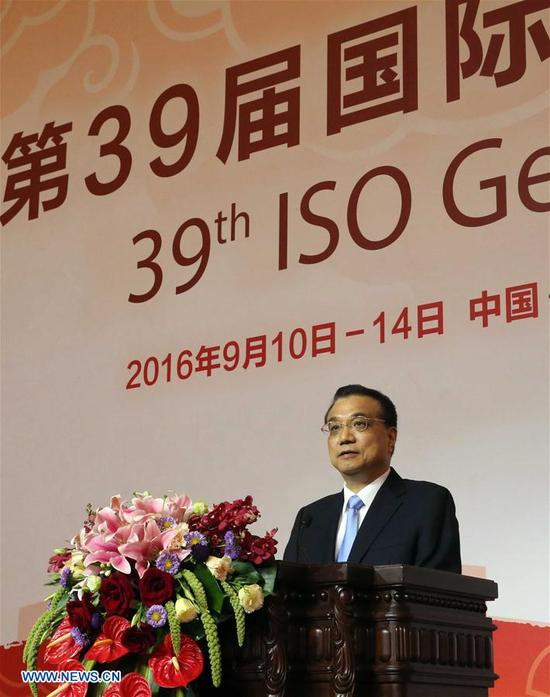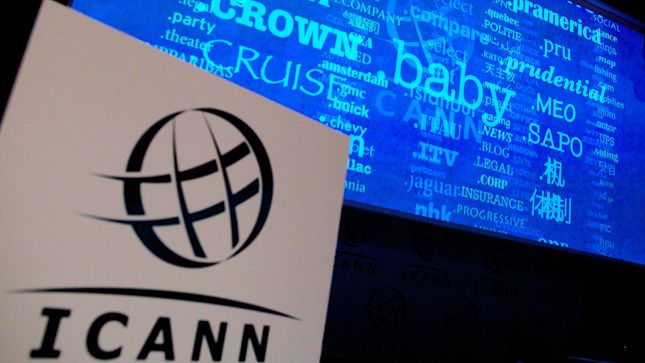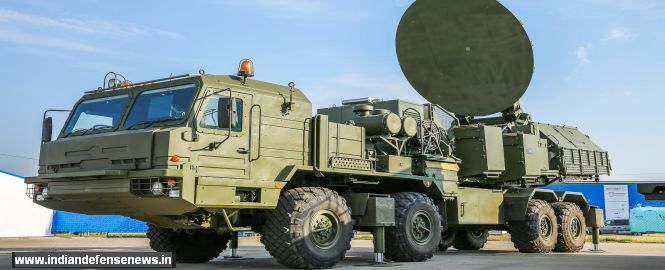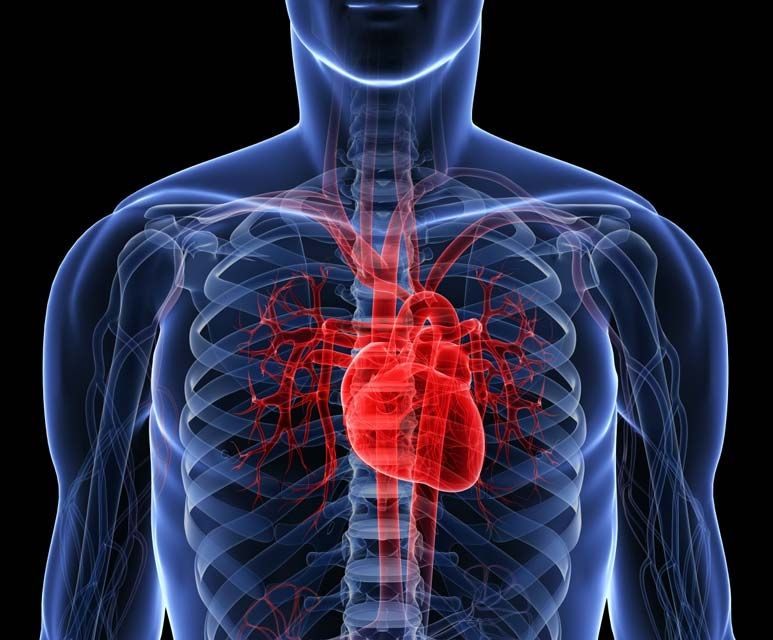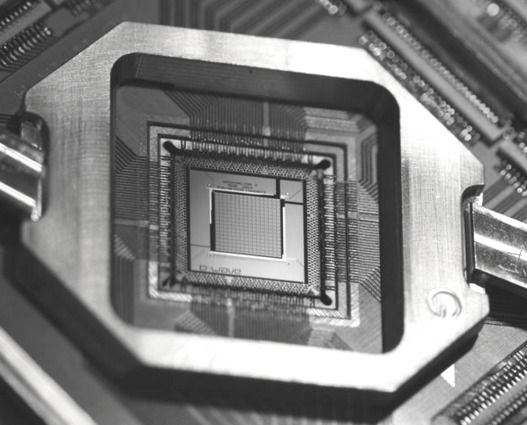Sep 14, 2016
China will promote standardization to accelerate industrial upgrading: premier
Posted by Karen Hurst in categories: business, innovation
Good move by China especially as one is determine to expand quickly and expedite their competitive edge around PLM and SCM.
BEIJING, Sept. 14 (Xinhua) — China will promote standardization to push industrial upgrades and foster new competitive edges, Chinese Premier Li Keqiang said on Wednesday.
Standardization represents a country’s core industrial competitiveness and overall prowess and China will highlight standardization as part of its reform agenda, Li said while addressing the ongoing 39th International Organization for Standardization (ISO) General Assembly.
Continue reading “China will promote standardization to accelerate industrial upgrading: premier” »
